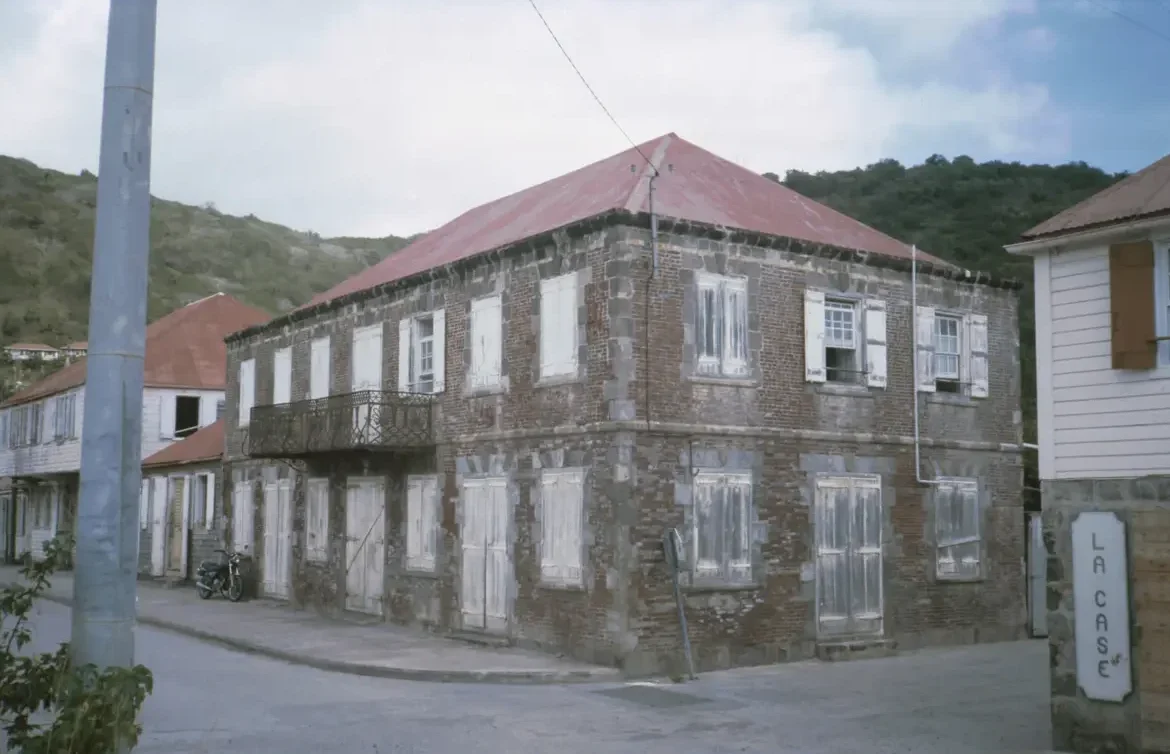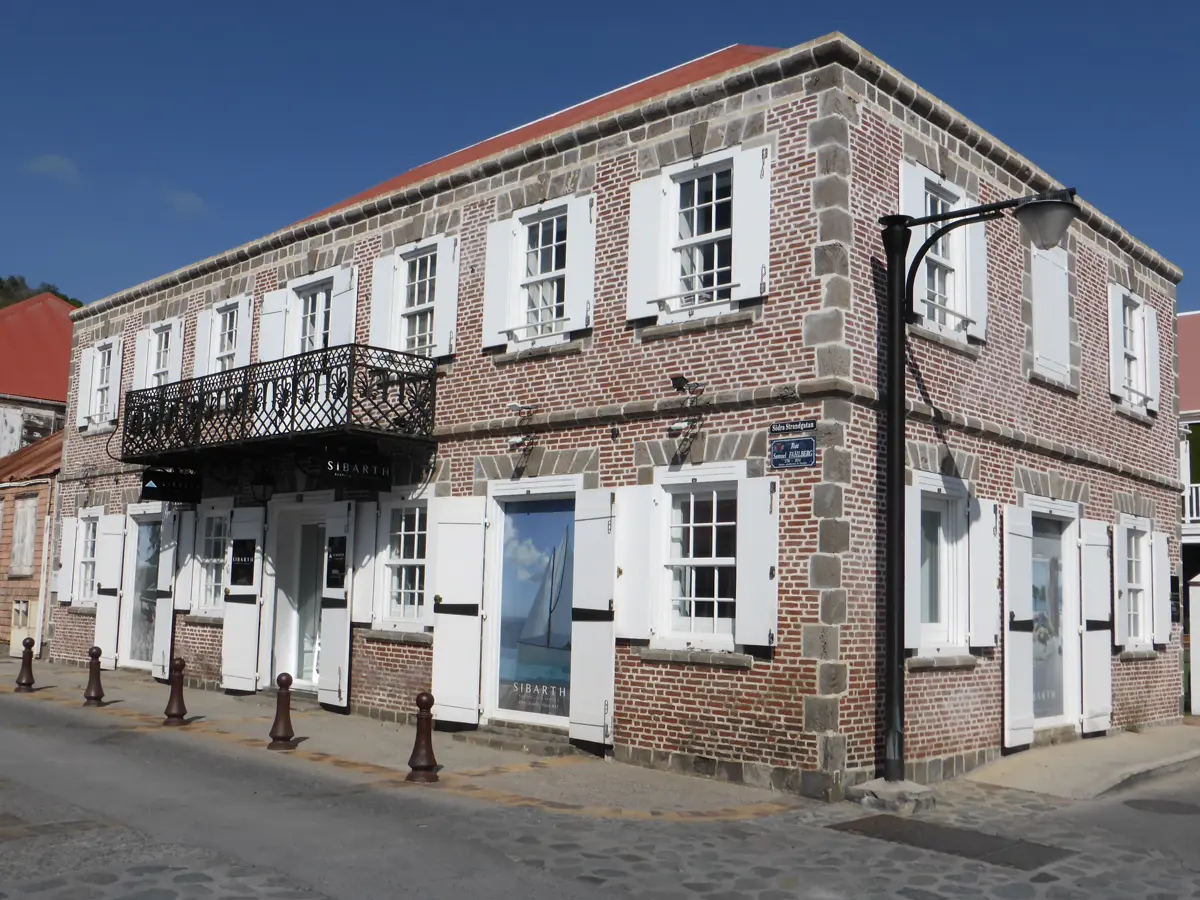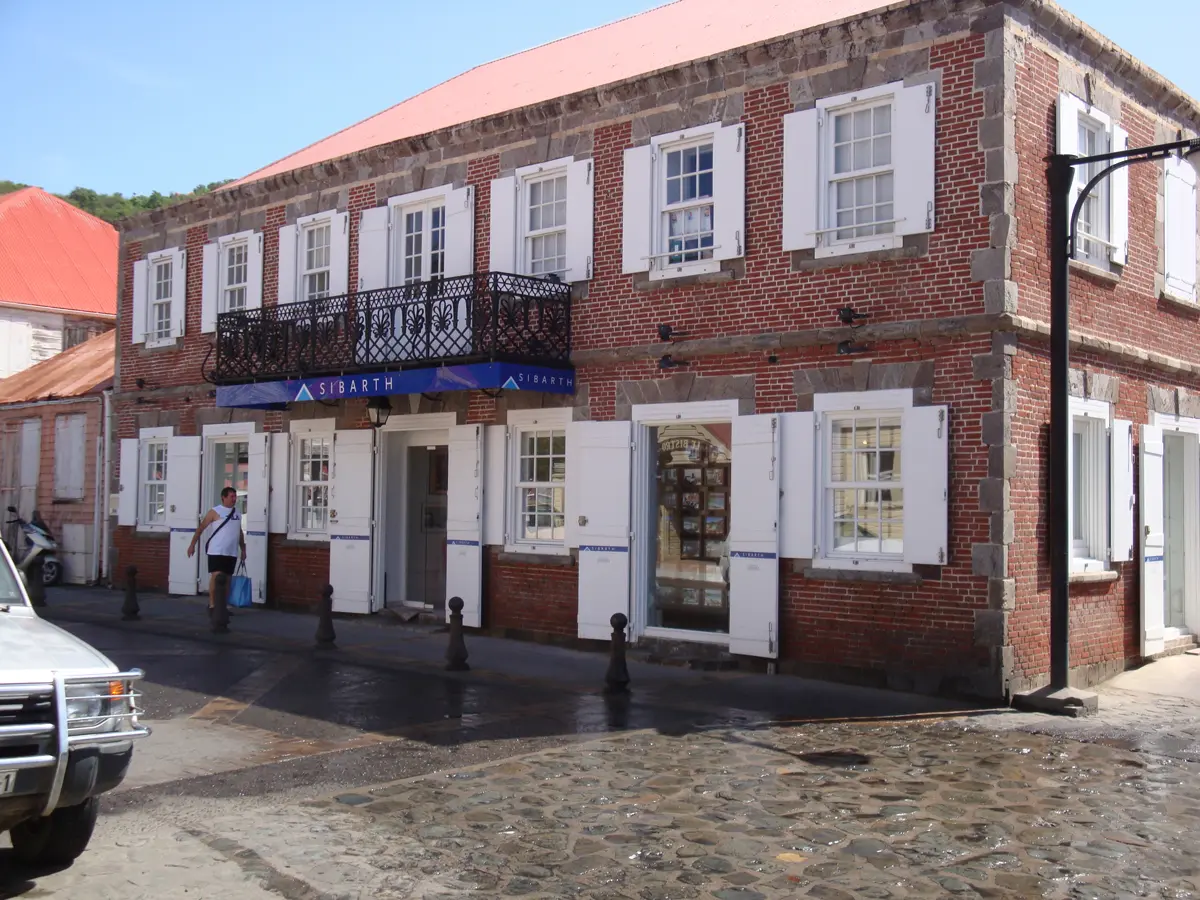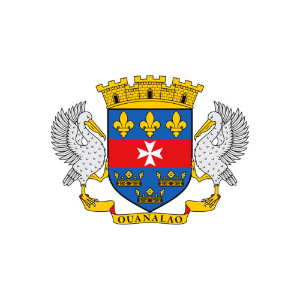The Brick House stands as a unique architectural gem in Gustavia, its very bricks telling a story of transatlantic trade and colonial ingenuity. Originating from Höganäs in southern Sweden, these bricks likely arrived on St. Barth as ballast in Swedish ships, a common practice that turned necessity into opportunity. In 1841, John Hodge Bryan utilized these bricks to construct this remarkable house, leaving his mark with initials still visible on a marble stone above the door facing Rue Samuel Fahlberg. The choice of brick over wood was a significant one, symbolizing prosperity due to its higher cost.

The house’s design showcases clear neo-classical influences, evident in its symmetrical facade and the prominent wrought iron balcony. This balcony, part of the ‘Bel Etage’ or noble floor, not only provided the best views of the harbor but also elevated the residents above the dust and bustle of street life. The interior layout reflects the social stratification of the time, with the owner’s family occupying the lavishly appointed upper floor, while the ground floor served more practical purposes as storage and office space. An intriguing architectural detail is the integration of downpipes into the facade, a feature that combines functionality with aesthetic consideration. Today, the Brick House stands not just as a beautiful building, but as a tangible link to St.

Barth’s Swedish colonial past and the island’s place in global trade networks of the 19th century.

